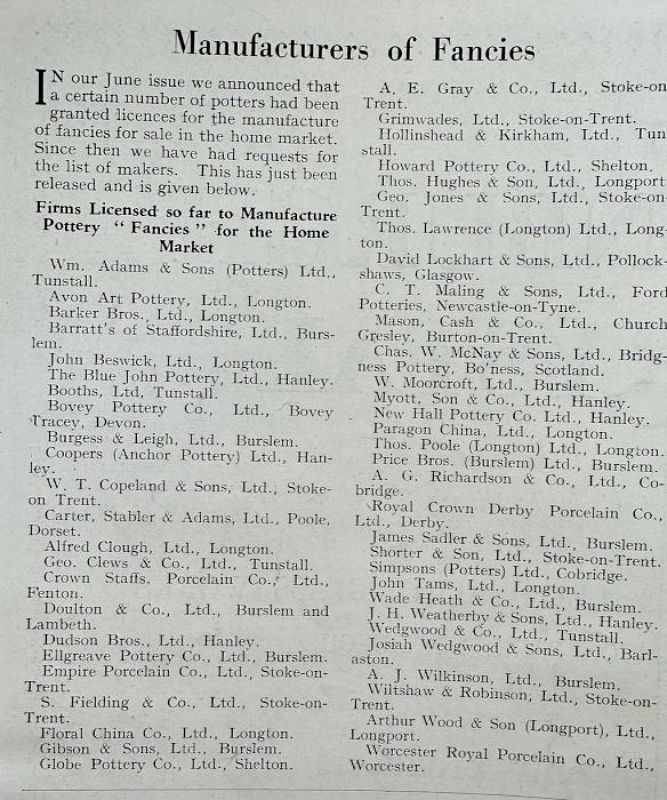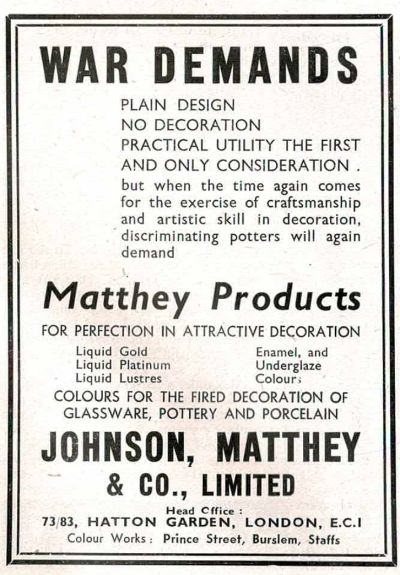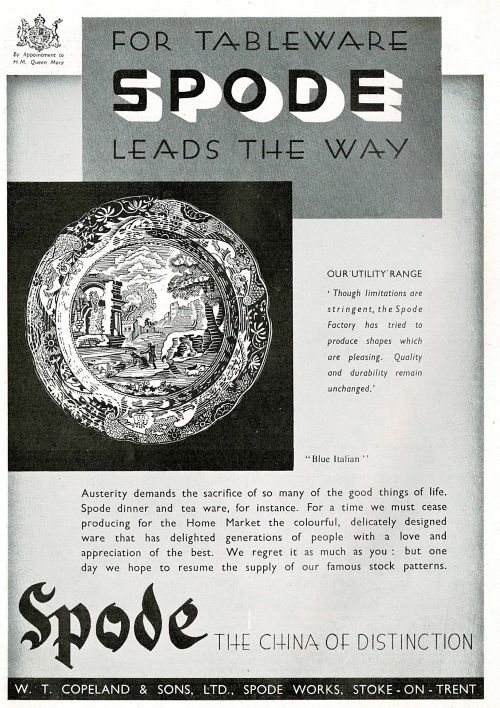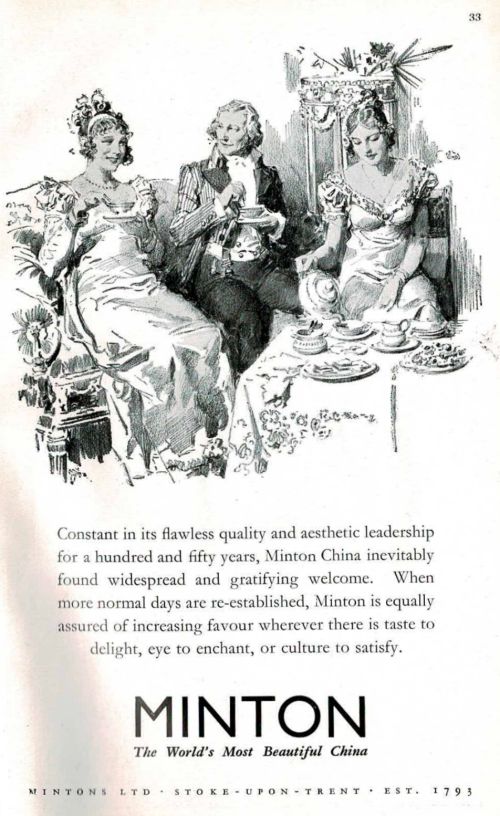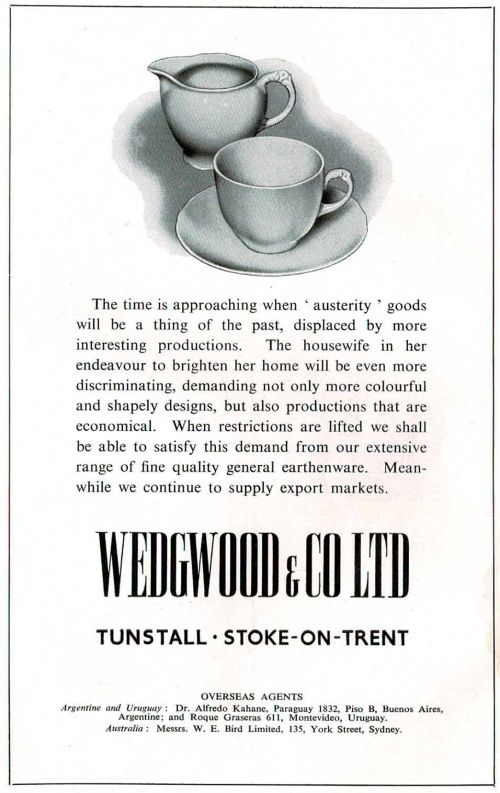 Pottery Index |
index of potters initials |
list of Stoke-on-Trent potters |
potters backstamps |
|
What does A B C mean on pottery?
British pottery industry and the Second World War
jump to..
Also see: -
Canteen ware produced for the British Government and Armed Forces
Ten Plain Years: The British Pottery Industry 1942-1952
|
The
"A.B.C." Pottery Firms The Second World War proved a particularly difficult period for the British pottery industry because
severe restrictions were placed on the production of decorated pottery.
The process was initiated in the autumn of 1941, but by the summer of 1942 they were extended to restrict the sale of decorated pottery in the home market. Some restrictions were relaxed in 1945 and subsequent years but they were not fully lifted until August 1952.
For more details, see: Ten Plain Years: The British Pottery Industry 1942-1952, Kathy Niblett, Journal of the Northern Ceramic Society Volume 12 1995, pp175-213 |
Examples of Wartime Concentration Scheme licence marks:
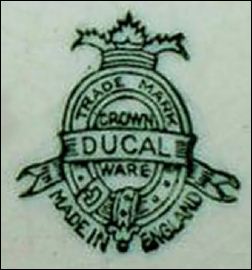
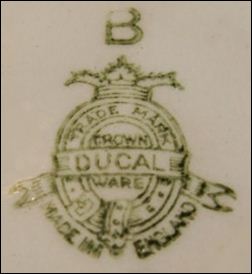
Crown Ducal - the trade name of
A G Richardson
the mark on the left is the 'normal'
mark, the one on the
right has the Wartime
Concentration Scheme licence letter B
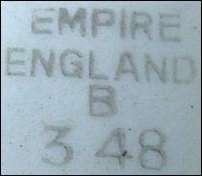
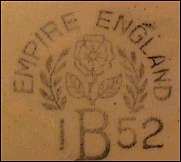
Marks of the Empire Porcelain
Company
mark on the left dates March 1948
mark on the right dates January 1952
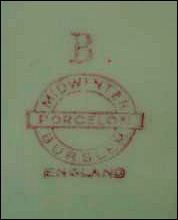 W R Midwinter |
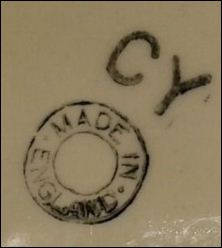 CY was only used by Elijah Cotton |
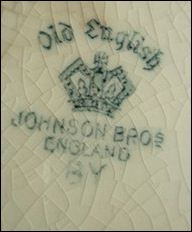 Johnson Bros |

The Domestic Pottery (Manufacture and Supply) Order, 1945:
|
The firms on the following pages have been licensed to make undecorated domestic earthenware under the above Order. They are grouped according to the maximum prices which may be charged for their ware, having regard to their costs of production. Under the second schedule of the above Order, the manufacture of undecorated domestic pottery is restricted to the following articles made:—
that is to say:-
In addition, there are two further groups for jugs and pudding bowls only, Groups V and
VI.
|
Licensing the manufacture of domestic pottery by closed-down firms:
|
Pottery
Gazette and Glass Trade Review, August, 1945 "The British Pottery Manufacturers' Federation and the Non-Nucleus Potters' Association have been notified by the Board of Trade that as part of the Board's general policy of sanctioning re-opening of closed firms, as and when premises and labour become available, it has now been decided to licence the manufacture of domestic pottery by closed-down firms as soon as they are in a position to produce ware. In giving this intimation to the closed-down firms the Board of Trade point out that before permission is given to re-open it must be clearly understood:-
All applications for permission to reopen should, in the first instance, be sent to the Board of Trade Regional Controller of the Area in which the closed-down firm is situated. The address for the Stoke-on-Trent area is Mr. A. Heckle, Regional Controller, Board of Trade, C.M.L. Building, Great Charles Street, Birmingham, 3. |
Granting of licences for the manufacture of fancies for sale in the home market:
|
Pottery Gazette and Glass Trade Review, August, 1945 p.478
|
Examples of adverts referencing wartime restrictions:
|
WAR DEMANDS Plain
Design
|
Pottery Gazette and Glass Trade Review - April 1944 p.223
|
Our
'utility' range
Spode
the china of distinction Pottery Gazette and Glass Trade Review - April 1944 p.202 |
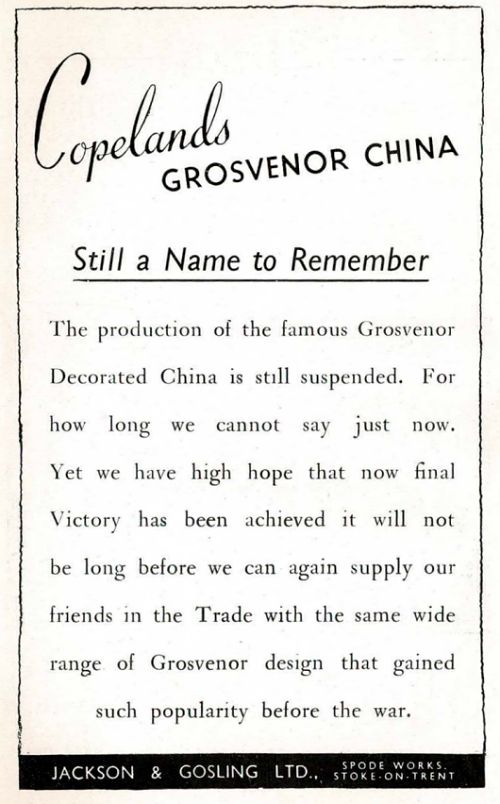 Copelands Grosvenor China Still a Name to Remember
|
|
Wedgwood & Co
Ltd Pottery Gazette Reference Book 1947 p.215 |
Also see: - Canteen ware produced for the British Government and Armed Forces
Questions, Comments, Contributions? email: Steve Birks
